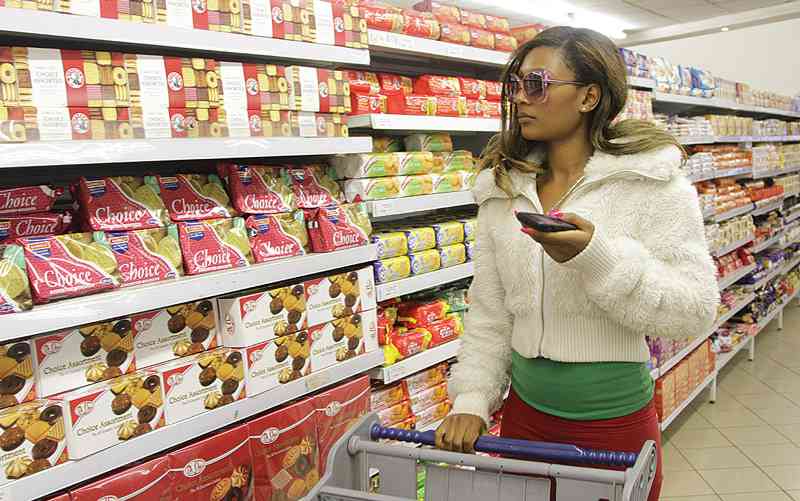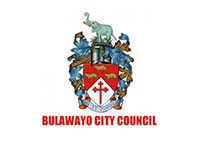
THE United States Agency for International Development (USAID) has reported a sharp increase in food prices across the country as the local currency continues to lose value.
Last month, the Zimbabwe dollar saw its biggest fall yet this year from $1 600 against the greenback to $2 100 as of yesterday on the parallel market.
As a result, business has been raising prices to preserve the value of goods and services, further eroding consumers’ purchasing power.
“In April, the Zimbabwe dollar (ZWL) further depreciated, with the official and parallel market exchange rates rising. The parallel market exchange rates increased by about 70%, trading at around 2 000 Zimbabwe dollars per United States dollar (USD) in April compared to 1,200 ZWL per USD in February,” USAID’s food security arm the Famine Early Warning Systems Network (FEWS NET), reported in its latest report.
“Both auction and interbank exchange rates increased by about 20 percent by the end of April from February. The depreciation of the ZWL is limiting household purchasing power. In response to the depreciation of the ZWL, households are increasing their preference to conduct transactions in USD or South African rand (ZAR).”
FEWS NET said food prices had generally increased across the country, mainly in Zimdollar, following the continued depreciation of the local unit.
According FEWS NET, wheat flour, bread, and sugar prices increased significantly by about 40%, while maize meal prices increased nearly 60% in Harare since February.
“Vegetable oil and rice also increased by about 20%. Relatedly, prices of wheat flour, maize meal, sugar, and rice are over 400 to nearly 545% higher than last year in ZWL, with bread and vegetable oil prices increasing by around 240 to 300% in ZWL compared to prices last year,” FEWS NET.
- Millers court alternative wheat markets…180 000 tonnes under discussion, says GMAZ
- Millers court alternative wheat markets…180 000 tonnes under discussion, says GMAZ
- CSOs red flag weaponisation of law
- HCC considers cancelling ZimPhos contract
Keep Reading
FEWS NET said the increasing food prices continue limiting household purchasing power, particularly households dependent on market purchases for food.
“Relatedly, in April, ZimStat reported 11% and 11,6% increases in the food poverty and total consumption poverty datum lines (ZWL), respectively, compared to March,” FEWS NET said.
FEWS NET said the continued macroeconomic shocks characterized by increasing and high food prices, low incomes, and increasing parallel market exchange rates maintained ‘stressed outcomes’ in urban areas.
According to USAID, stressed outcomes is classification were “at least 20% of households in an area are experiencing Phase 2 (alert) or worse outcomes, and acute malnutrition rates are expected to be between 5% and 10%”.
A household level, this means people are eating minimally adequate diets but must make significant changes to their lifestyles to support other non-food needs.
- Follow us on Twitter @NewsDayZimbabwe






